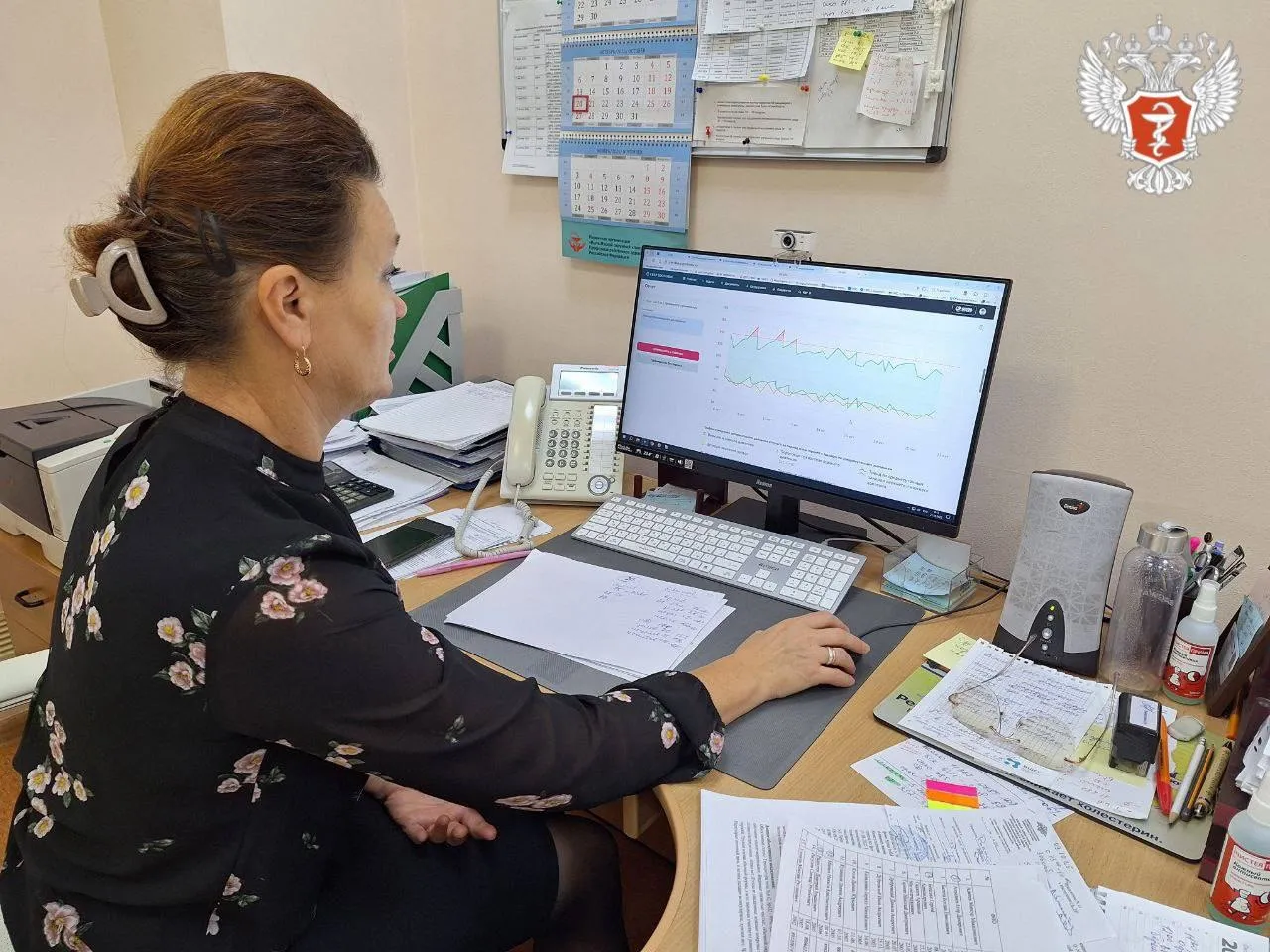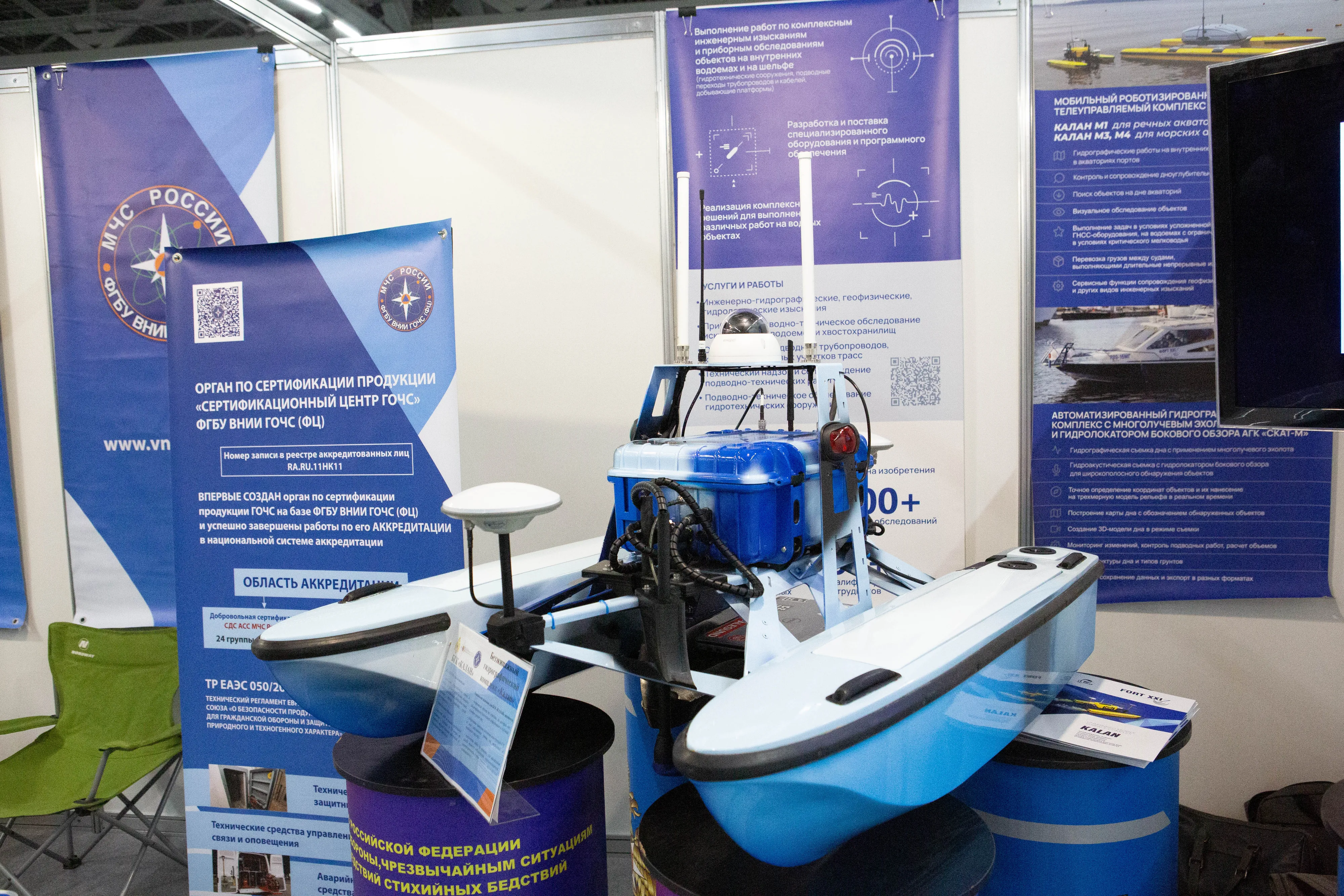Moscow Launches the Tram of the Future
The Russian capital is rolling out the country’s first autonomous tram system — and it’s reshaping what public transport can look like.

Moscow has launched Russia’s first trams capable of running without overhead wires, marking a major leap in urban transport innovation. The sleek new “Lionok-Moscow” models, equipped with autonomous power systems, are now operating on a central city route. By the end of 2026, the capital plans to deploy 100 of these next-generation trams across its network.
The technology relies on an advanced onboard energy storage system. The trams recharge from the standard overhead grid along most of their route but can travel up to seven kilometers independently — allowing certain sections, like Akademik Sakharov Avenue, to remain free of overhead cables. The result: a cleaner skyline, greater reliability, and a more visually open cityscape.
A New Era for Moscow’s Tramways
The new Route No. 90, connecting Sokolniki to Paveletsky Station, links four major train stations and 16 metro stops, offering faster and more comfortable travel for around 300,000 residents. The trip between the “Three Stations Square” and Paveletsky Station now takes less time by tram than by metro.
Each “Lionok” tram can carry up to 150 passengers and includes features designed for modern commuting — climate control, multimedia displays, USB charging ports, and dedicated spaces for strollers and bicycles.
The project is part of a broader plan to build Moscow Tram Diameters, a high-speed network designed to transform the way residents move through the city. It signals a shift toward cleaner, smarter, and more human-centered transport, placing Moscow among the world’s most forward-looking urban mobility pioneers.









































